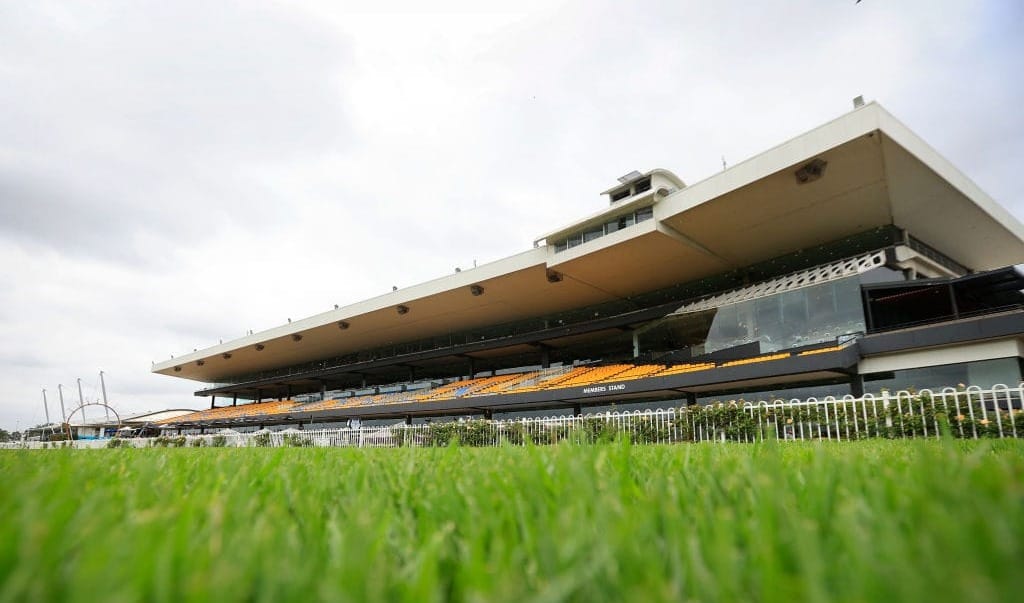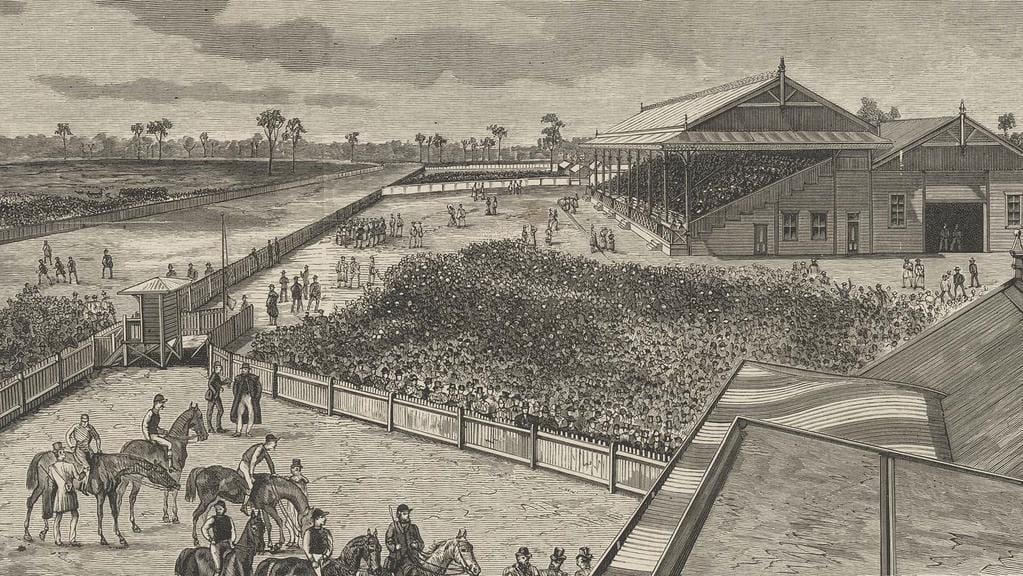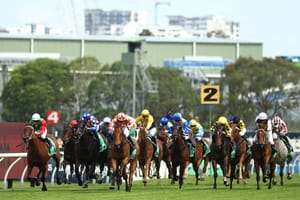In five or so years, Rosehill Racecourse will be no more with this week’s announcement that the New South Wales government is buying the site for redevelopment.
The racecourse, which has hosted meetings since 1885, will make way for 25,000 new apartments and a metro rail station, spelling the end of something magnificent in Sydney racing.
Rosehill has been the home of the Golden Slipper since 1957, and, contemporarily, the landmark Golden Eagle. It’s a racecourse that has gone toe-to-toe with Randwick for over a century, firmly owning the title of Sydney’s second major metropolitan racetrack.
With the dramatic news come the conversations about progress and modern economics. In their wake, the conversations about history.
Rosehill was carved out of the box gums and riverbanks of the Parramatta district in 1883. Less than a century before, it was home to a handful of tents as the first grain plantations sprung up to feed the new Australian colony.
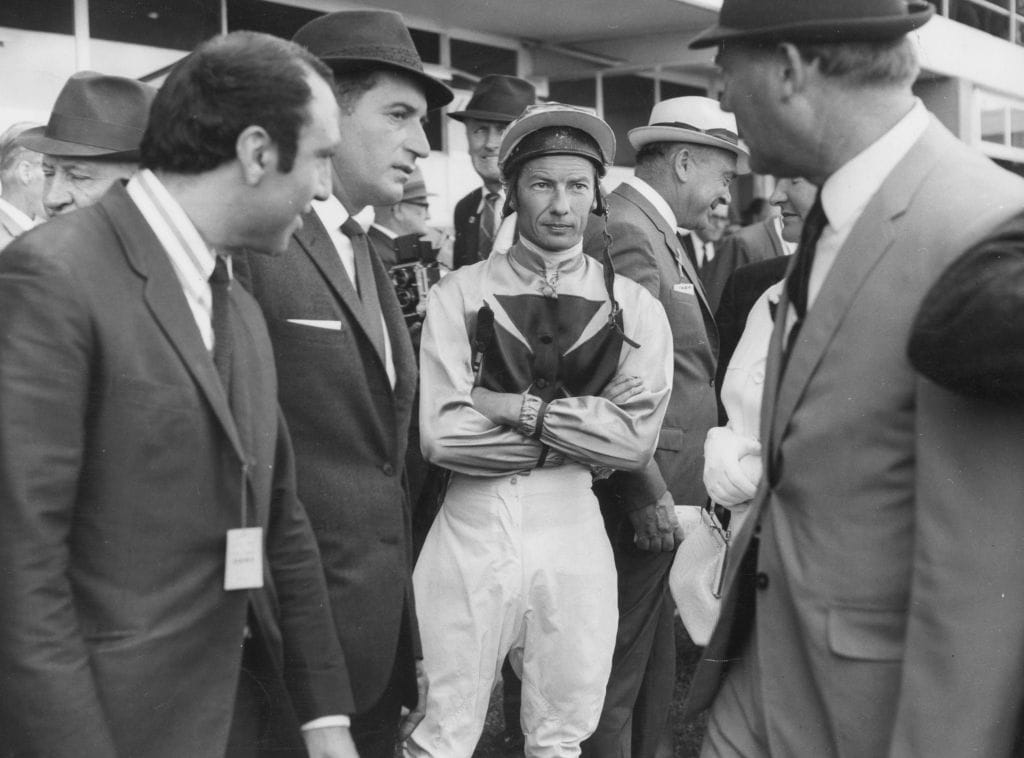
The site of the racecourse was critical to its future success, with its visionary, John Bennett, opting for a location on the eastern outskirts of Parramatta township, with the Parramatta River sloping away to the north. The original site was part of Elizabeth Farm, which was owned by Bennett (after purchase from John and Elizabeth Macarthur) and is today Australia’s oldest homestead.
It was John Bennett who named the racecourse ‘Rosehill’, a spinoff from the district’s original name of ‘Rose Hill’, given to it by Governor Arthur Phillip.
Bennett appointed local contractor Herbert Coates for the racecourse works, which included a grandstand some 150 feet long. This original grandstand had 16 tiers, each seating 100 people, and the saddling stalls, six-acre paddock and jockeys’ room were modern masterpieces.
Bennett spared no expense.
The Rosehill Racing Club threw £100,000 at its first racecourse, and the inaugural race meeting occurred on April 18, 1885, complete with refreshment bars and a fruit pavilion that drew a roaring trade in bananas, mandarins and ginger pop.
It should have been an immediate success, but in its first few years, Rosehill struggled for patronage and, between 1885 and 1888, it hosted just one three-day meeting every year.
The earliest Rosehill Racecourse was a proprietary track, meaning it was privately owned. It was unlike Randwick, which was owned by the Australian Jockey Club (AJC).
Proprietary racing was extremely common in early Sydney and included such racecourses as earliest Warwick Farm, Moorefield and the pony tracks of Rosebery and Kensington, the latter on the site of what is now the University of New South Wales.
However, this structure of racing was starting to annoy the state government by the 1920s, not to mention the AJC, which campaigned vigorously to shut down, or at least legislate, proprietary racing in the city.
Eventually, that war was won in 1943 when the sitting Premier, William McKell, introduced legislation to constitute a Sydney Turf Club (STC), which would discontinue the licences of proprietary racing clubs.
Up to that point, the Rosehill Racing Club, operating as The Rosehill Racecourse Company Ltd., was a privately owned course that was registered under the Gaming and Betting Act for the purpose of hosting race meetings. It was registered with the AJC and subject to the Randwick club’s control as the principal club, as were Canterbury and Moorefield racecourses at that time.
The Sydney Turf Club Act of 1943 came into effect on August 18, 1943, eventually looping Rosehill and Canterbury under the same club umbrella. The AJC, by comparison, had formed in 1842, and the Victoria Racing Club (VRC) in 1864.
Compensation was paid to the private owners of Rosehill for its acquisition, amounting to £189,935, and it didn’t take long for the new STC to be contributing healthily to the bigger picture of Sydney racing.
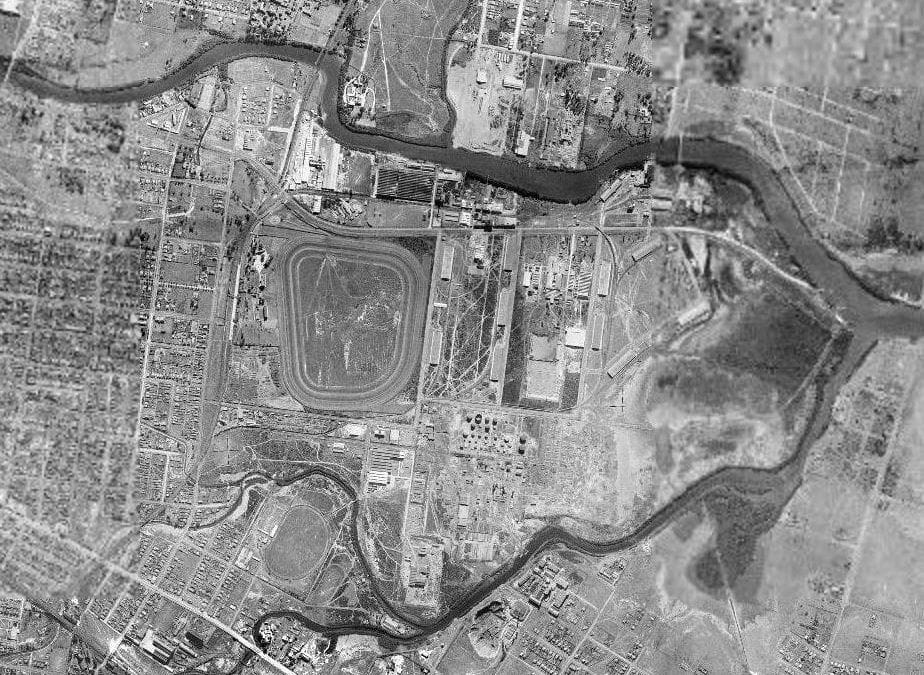
Premier McKell personally selected the inaugural Board of the STC, which included such esteemed names as William Hill (who was installed as Chairman), George Ryder, Harry Tancred and Herbert Thompson. According to the Premier, “this show will sink or swim on the personality of the first Board”.
Guarded comment suggested that the Board had its work cut out, with finance predicted to be the biggest headache for Sydney’s second metropolitan club.
Rosehill, at the time of its permanent acquisition, had 130 shareholders and 126 members. The resumption of the racecourse was made official in November 1945, and the first race meeting under the STC banner occurred on January 19, 1946.
However, the figure of compensation paid to the original owners of Rosehill was a reflection of the condition of the asset. The racecourse was very rundown, and the STC had to spend considerable money modernising and improving it.
It was an era of discontent, but history shows that after the acquisition, Rosehill Racecourse climbed steadily into the spidery girders of Sydney’s elite racing.
In 1957, the first Golden Slipper occurred, won by Todman with daylight famously second. The first mention of a Golden Slipper within the STC was in 1953, when George Ryder suggested a juvenile race for which entries would be taken in the year the mare was mated.
The Golden Slipper became Rosehill’s poster child, a race richly decorated by some of the best names in Australian racing. It was Australia’s first million-dollar race for two-year-olds, and, right from its first decade, its influence on the breeding landscape was dramatic.
Winners of the Golden Slipper have included Vain, Baguette, Manikato, Belle Du Jour and Luskin Star. Many of these horses were household names when racing was a household hobby in Australian homes.
But aside from the Golden Slipper, Rosehill has played host, at one time or another, to almost every champion thoroughbred in the country.
It was at Rosehill in February 1929 that Phar Lap first debuted, and it was at Rosehill that he first won two months later.
The racecourse has welcomed champion winners of such contests as the Golden Rose, the Ranvet Stakes, the Coolmore Classic, the Hobartville Stakes, the BMW and countless others. It was also the training home of Winx, whose statue was unveiled at the track nearly three years ago.
By 2010, Rosehill Racecourse, now Rosehill Gardens, had ridden many changes over the course of 125 years. Almost the biggest, however, was yet to come.
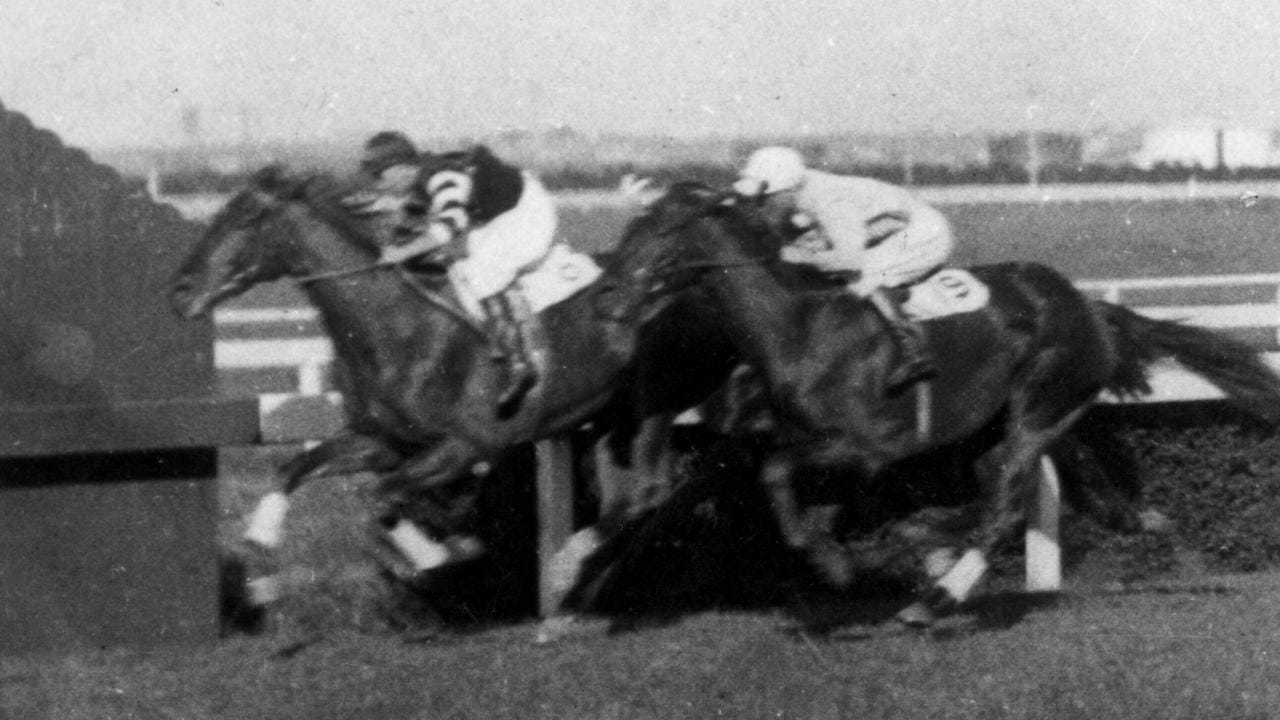
For two years, a merger between the STC and AJC had bubbled, until it was boiling over by late 2010 when the STC Board soundly rejected the proposition. Within a week, it was a very different story and an alliance between the clubs, reported to be worth $174 million to Sydney racing, was agreed.
Some of the twists in that tale was that Canterbury was not to be sold for 10 years as the STC protected its assets, then valued at $93 million between both Rosehill and Canterbury courses. The STC Chairman at the time, Bill Picken, said it was a catalyst for clubs around the country to do the same.
“We are the first step,” he said. “It won’t stop here.”
The merger was realised in the first half of 2011, with Rosehill’s final race meeting under STC governance occurring on February 5, 2011.
John Cornish, Chairman of the newly declared Australian Turf Club (ATC), said the relationship between Randwick and Rosehill, which had often been testy, would blossom with a united vision, and he promised Rosehill $24 million in improvements.
Rosehill’s iconic races, like the Golden Slipper and Golden Rose, remained at the racecourse, and in the years subsequent, the track enjoyed equality with Randwick in terms of calibre of racing calendar and importance in the Sydney racing scene. In 2019, it hosted the inaugural edition of Australia's second richest race, the Golden Eagle, now worth $10 million.
But all good things come to an end.
Rosehill is nearly 140 years old, yet Sydney racing has this week learned that not age nor a priceless colonial history has protected it from the scourge of progress.
